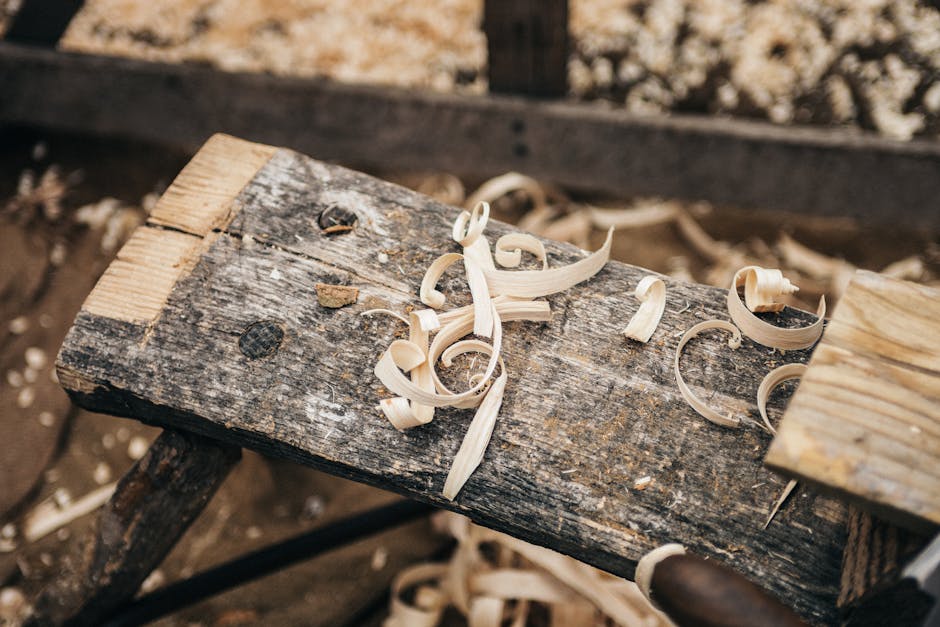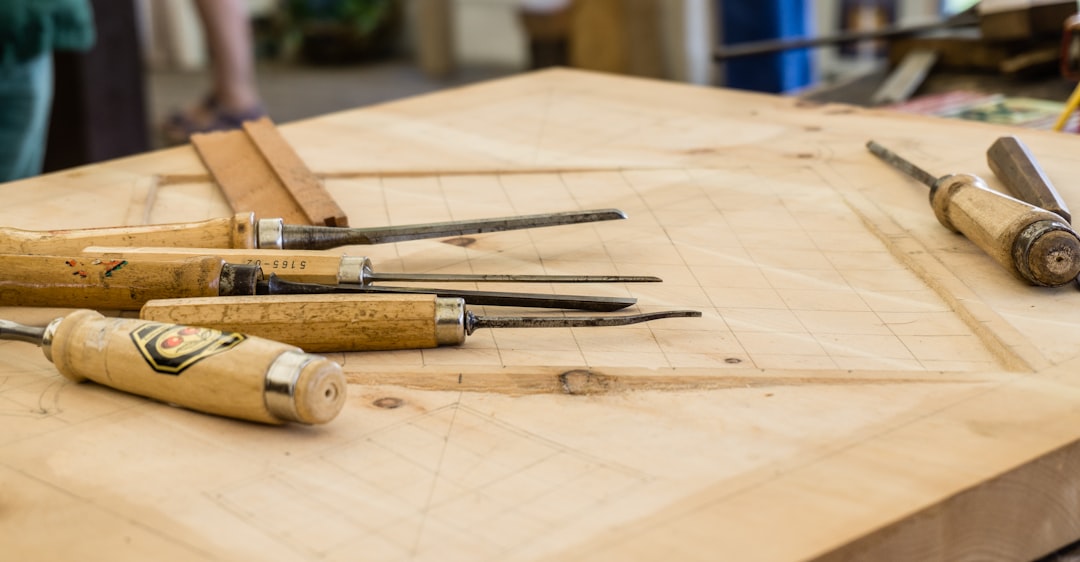Embarking on the journey of wood carving can be both an exhilarating and meditative experience. This guide aims to provide essential tips and insights for beginners looking to delve into this time-honored craft.

Wood carving is gaining widespread popularity as a hobby due to the beautiful outcomes it produces and the relative ease of getting started. The solitary and tranquil nature of carving makes it an appealing pastime for those seeking a creative outlet and a form of relaxation.
As a beginner, you'll encounter various styles of wood carving, each with its own techniques and tools:

To begin your wood carving journey, you need to gather a few essential tools and familiarize yourself with some basic concepts:
Understanding the vocabulary of wood carving will help you grasp techniques and communicate effectively with other carvers. Terms like "whittling," "gouge," and "relief" are foundational to building your knowledge.
It's best to start with simple projects to minimize frustration and increase success rates. Beginners often start with small items like spoons or figures to practice basic skills before moving on to more complex pieces. For an immersive experience, check out local events such as the Chainsaw Carving Event in Arlington, WA.

Safety is paramount in wood carving. Here are some precautions to take:
The type of wood you choose significantly impacts your carving experience:
Keeping your tools in top condition is crucial for both safety and quality of work. Here's a quick guide to tool maintenance:
| Maintenance Task | Tips |
|---|---|
| Sharpening | Regularly sharpen your tools to maintain sharp edges and prevent accidents. |
| Cleaning | Remove wood resin and other residues after each use to keep tools functioning efficiently. |
| Oiling | Apply oil to metal parts to prevent rust and ensure smooth operation. |
Following these guidelines can help you start your wood carving journey on the right foot, ensuring both safety and enjoyment as you develop your skills and create beautiful pieces.
